Tips to Help You Recover From Back Surgery
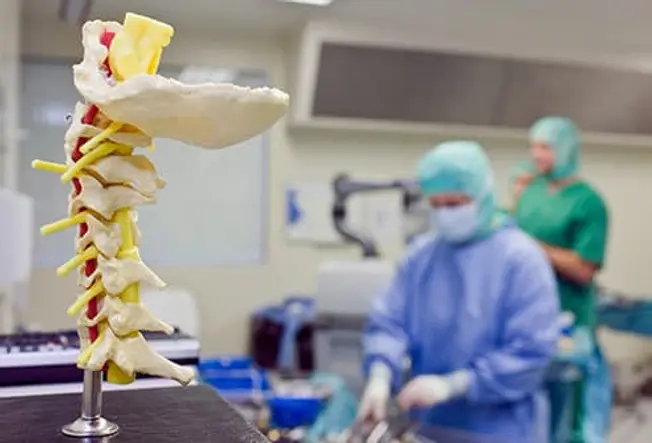
How Long Will It Take to Recover?
Your recovery depends on many things, from your overall health to the degree of symptoms you had before surgery to the type of procedure you had done. Spinal fusion joins two discs together. It can take 6 months to a year for your backbone to heal. A laminectomy or discectomy removes a bit of tissue from the spine area. You may get better in 12 weeks. Whichever you had, care for your back after surgery usually follows the same general steps.
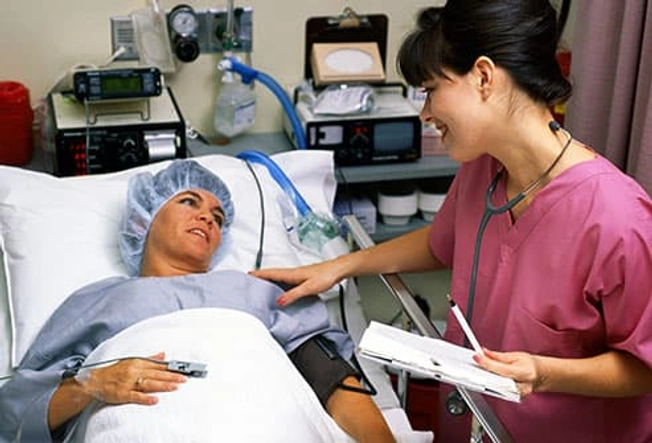
Post-Op: Waking Up After Surgery
After surgery, a nurse watches you until you wake up. You'll have a tube in your back to drain fluid from your wound. Another one, called an IV, will be in your arm. It delivers pain medicine, fluids, and antibiotics. And a tube called a catheter connects to where urine normally leaves your body, so you don't have to walk to the bathroom. Stockings or electronic wraps squeeze your calves to move blood so you don't get blood clots.
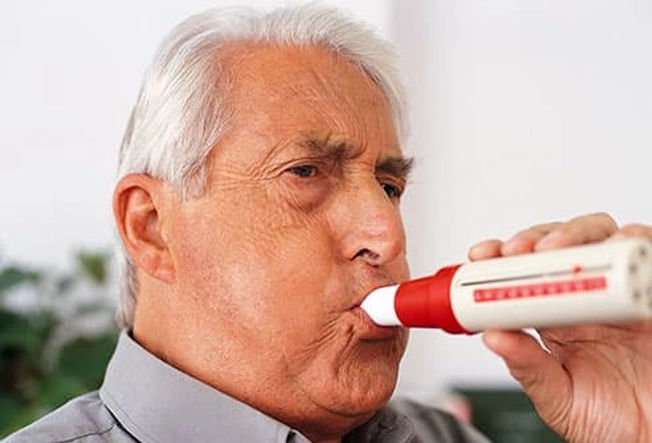
The First 24 Hours After Surgery
After a few hours in recovery, you'll go to a regular hospital room. You may have a pain pump so you can press a button and get relief as needed. A nurse will teach you breathing exercises using a tool called a spirometer. You need to do them daily as you recover. Pain medicine and anesthesia can slow breathing. That can clog airways and cause infections. A physical and occupational therapist will talk to you about exercise and movement.
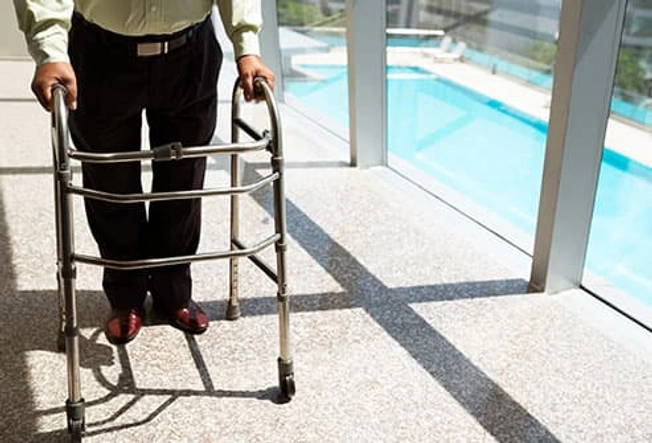
Your Hospital Stay: PT Begins
You may be in the hospital for 1 to 3 days; longer if you have spinal fusion. Rest is important. But doctors want you out of bed as soon as possible. Most people start physical therapy within 24 hours. If you have a back brace, you'll learn how to put it on and take it off. Range-of-motion exercises help strengthen your arms and legs. Then, you'll move from the bed to a chair. Eventually, you’ll use a walker. Walking is good therapy for both upper and lower spinal surgery.
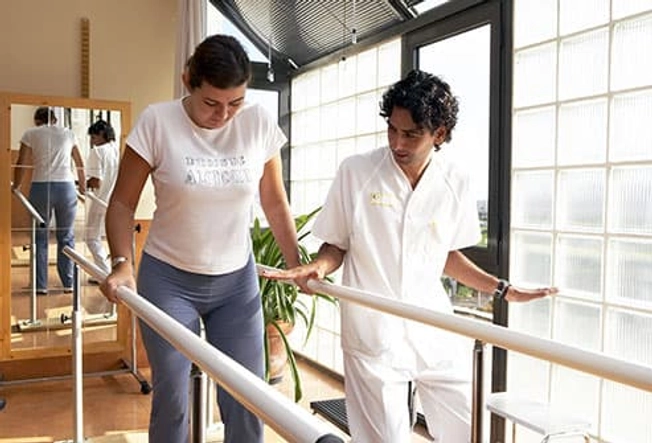
Going Home: PT Continues
After you leave the hospital, you’ll need to keep doing exercises to strengthen your spine. Your doctor will tell you how often you need to go. At first, it may be several days a week. Walking is the main exercise. The more you walk, the faster you you'll heal. Your therapist will show you how to do this safely. Most patients who stick with PT ditch the walker a few days after surgery and can move around with a cane.

At Home: Sitting
It might be tempting to plop down in a soft, comfy chair after PT and watch TV for a few hours, but don't do it. Instead, choose a sturdy chair with arms. You want good posture that keeps your back straight. Change positions every now and then. But take care not to twist your spine. While sitting, move your ankles up and down to move blood through your legs. Get up out of the chair after 30-45 minutes. You can go for a short walk or take a quick nap.

At Home: Sleeping
Sleep is a key part of the healing process. But you need to follow proper sleep positions to protect the spine. If you sleep on your back, put a pillow under your head and knees. If you're a side sleeper, place one under your head and another between your knees. When you get out of bed, do a "log roll." Bend your knees, roll to the side, then push yourself up with your arms. Also, take daily naps before lunch or dinner. They help your body heal.

At Home: Pain Control
When you left the hospital, you got a prescription for narcotic pain medicine. Take it as directed, before your pain becomes bad. You might take it at least 45 minutes before a physical therapy session to prevent discomfort. Some people stay on the drugs for several weeks. Doctors suggest quitting within 3 months of surgery. Avoid ibuprofen, aspirin, or other nonsteroidal anti-inflammatory drugs (NSAIDs) for 3 to 6 months after spinal surgery. They can slow healing.
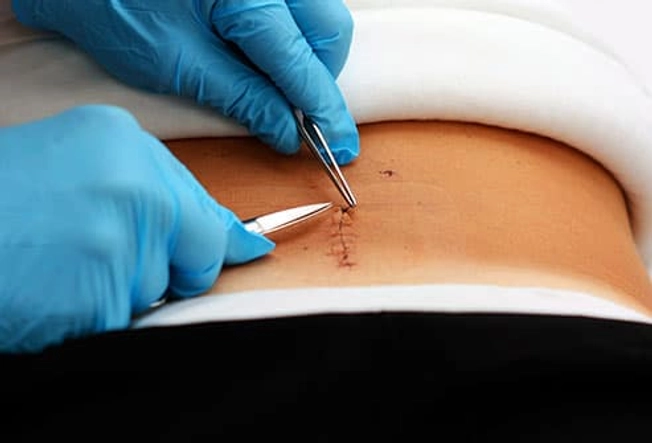
At Home: Wound Care
It's important to keep your back wound clean and dry. You may need a loved one to help you. Have them check for signs of infection, like redness or drainage. Unless the doctor said otherwise, put a light piece of gauze over the sutures or staples. Use paper tape to secure it. A doctor or nurse will remove the sutures or staples within 10-14 days. This may be done in your home or at the provider's office, depending on your insurance.
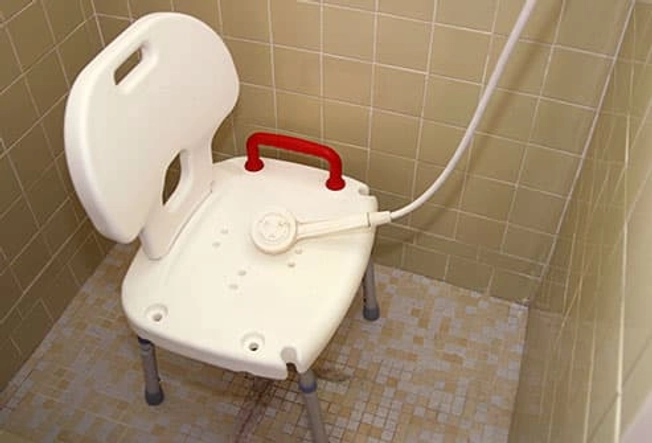
At Home: Personal Hygiene
You'll need to keep the surgical area dry for a few days post-surgery. Your nurse will tell you when you can shower. Baths are usually off-limits for a while. Use a shower chair or stool. You don’t want to slip and further damage your back. Other tips: Get a raised toilet seat. This makes getting on and off the commode easier and safer. Elastic shoelaces, slip-on shoes, and reachers that help you pull up socks make dressing easier.

At Home: Becoming Active Again
After a few weeks, you'll start to feel better. Follow these safe spine tips for at least 6 weeks. Don't lift anything heavier than a gallon of milk. Let your partner or kids carry the groceries or laundry. Use a long-handled gripper to pick things up off the floor. Don't twist or bend at the back. Think that means sex is off-limits? It doesn't have to be. Ask your doctor when it's safe and which positions cause less back strain.

Back on the Road and to Work
Driving requires you to twist your spine to check mirrors and blind spots. You shouldn't do it too soon after surgery. You need to be off pain meds and get your doctor's OK. Many patients start about 3 weeks after surgery. When you go back to work depends on the type of surgery you had and what kind of work you do. It may take as long as 2-3 months to fully recover. Keep in touch with your employer as you get well, and let them know your progress.

Follow-Up Care
You'll go back to see your doctor about 4 to 6 weeks after your surgery and then every few months to 2 years after. You may have imaging tests, like X-rays or an MRI, to see how your back is healing. If you haven't yet returned to work, ask your doctor if there’s anything that might help make you more comfortable when you do. For example, if you sit at a desk all day, you may need a chair that swivels to protect your spine from harmful twisting.